“Whoever is incapable of treating every foreign thought as though it were his own, and a personal thought as though it were foreign—is no true scholar.” - Novalis
Biodynamics is a fancy word for how differently life behaves all around the world. The more I’ve seen of the world’s diversity, the richer my feeling for the what’s alive in plants in particular places has become — and the more certain I am that there is no monolithic approach to making plants healthy. What a desert needs is certainly not what the wet tropics need, nor is what Europe needs necessarily what the Americas need.
Not only this, but Rudolf Steiner specifically warned against importing horns from America to Europe; why would we imagine the opposite would not also be problematic? “The forces of horns from abroad might come into conflict with what is there in the earth of your own country.”1 This is not just true of horns, but of any sheath taken out of its continental influence. It should be patently obvious that “[l]ife in Europe, Africa and Asia is not the same as life in America.”2 As Rudolf Steiner himself suggested in some lectures given to physicians, there are as many healths as there are individuals. As such, how do we prescribe good medicine for a particular piece of sick land? The first thing we should do is get to know the land. Only then will any prescriptions be grounded in reality. A physician who doesn’t really look at his patient is not likely to make healthy recommendations.
Lloyd Nelson is the kind of person who is always looking. Rocks, plants, mountains, animals — all of it. The more you see of all of it, the more you witness of the All. The alchemical maxim lege lege lege et relege urges us to read, read, read and reread the book of nature. When we have decided with finality what something means, our opinion becomes a barrier between us and the living phenomenon. No formula or aphorism will exhaust nature’s richness.
Lloyd picked me up at Grand Junction, Colorado, for a long drive to Cedar City, Utah. Lloyd’s son Mischa traveled with us, with great forbearance, in the back seat of the truck, as we advanced across the intimidating landscape. It was the promise of petroglyphs that drew me to risk the extra drive with Lloyd. Shortly after our trip began, Lloyd veered off our planned path to a ghost town with ancient imagery painted on the walls.
As someone with enough artistic feeling to find inspiration in nature, these walls feel positively peopled with anthropomorphic forms. Artistic renderings inspired from these primordial stains tell stories. With little imagination, one can easily feel into how such walls must feel by a campfire — more animated, watching, these ghostly dwellers on the threshold between the real and the imagined. After all, what else is the “etheric” but a realm between the sense-perceptibly real and a world beyond immediate perception? For a plant to grow, it must imagine itself into being. To label something as “unreal” because it is imaginal or dreamlike, does most of reality a serious disservice. Materialism is always ready to deny the reality of personality, spirit, and unifying meaning, because it’s not something tactile; but a dead gaze deadens the world. Many ideas that we have never seen with our eyes nonetheless unify us: brotherhood, equality, freedom are not sense-perceptible goals, but we know when we see someone standing on common ground.
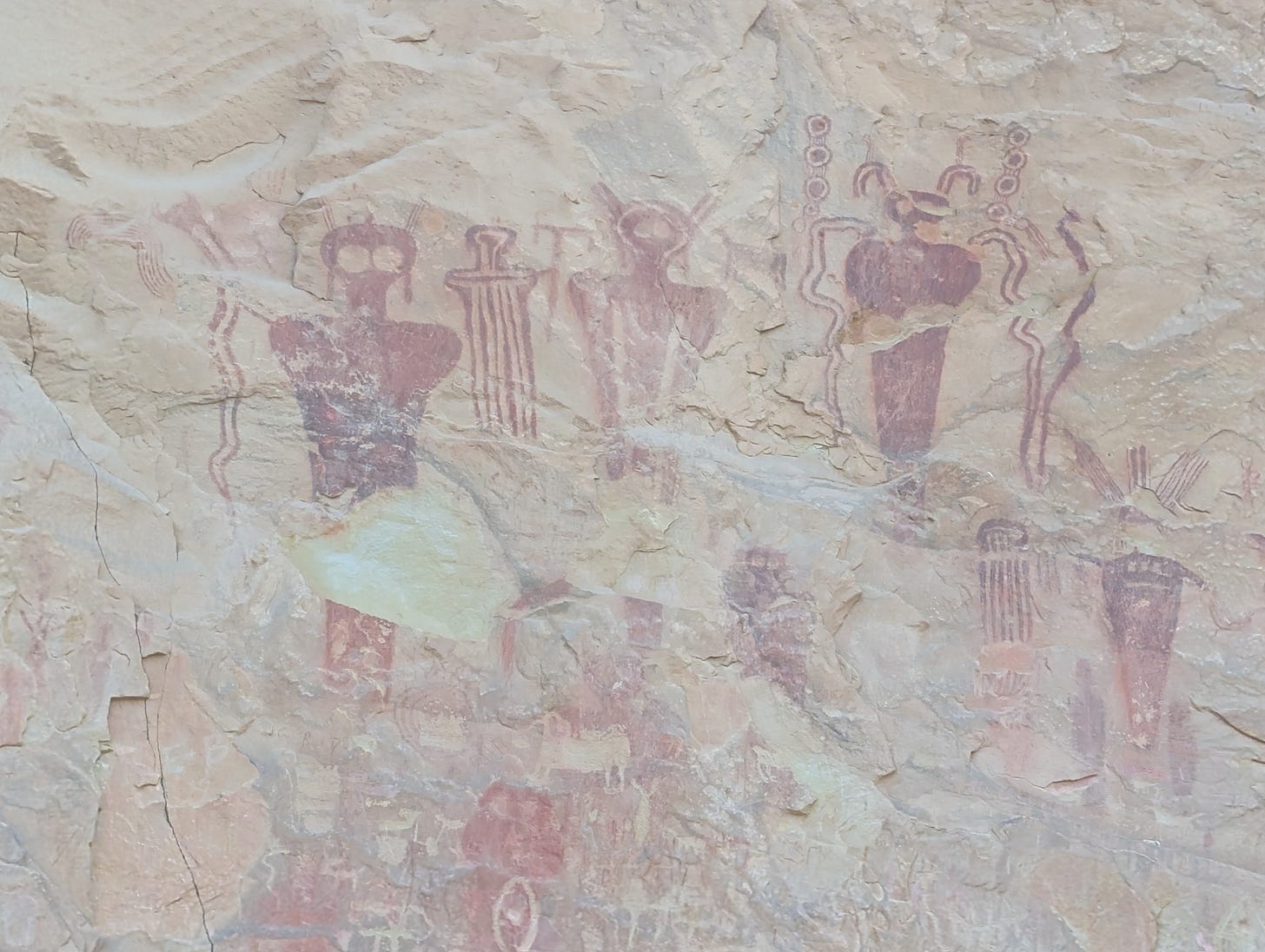
I was a last-minute pinch hitter for the Utah Farm and Food Conference 2025. Having just returned from Mexico to the farm, I was only invited two weeks beforehand, and decided to assist as I was able. While both visits to Utah and Mexico were enormously fruitful, there is very little convenient about packing up and turning around to present at yet another conference. The way I think of it is like this: we are our work and the effects we inspire in others. My true self is not how things make me feel, but how I affect others. You could really say, my true self can been seen on the faces of others. Some people maintain scrunched of faces regardless of who is around them, but most of us have a social conscience and know that simply doing what I alone feel like doing is a radically antisocial impulse.
While I may be tired, or part of me may wish to be home on my farm, my work is to leave more light in the world than when I entered it. If we are committed to our ideals, we must develop discernment to know what we must do. Our lives must become a perpetual offering to what is good, beautiful, and true — which is not about my temporary benefit, personal pleasure, or subjective opinions. Our deeds should be sweet like incense for others and the world. There will always be individuals who oppose us out of their own sourness; but we will not be judged for the cultivated animosity of the few but rather how the broader world benefits from our activities.
The Dynamics of Creation in Mexico
It had been a long time coming. Jose, Alejo, and I have been talking for years, and we’ve been nurturing the idea of a new intensive retreat in Mexico. As with anything that is born, there is a prolonged gestation period before the newborn impulse arrives. We want to express our special thanks to Ricardo, who hosted us at his ranch, and to his team for managing hospitality and attentively filming the entire event (thank you, Maria and Aguirre!).
I would like to thank Symbria and Sarah at Red Acre Farm for inviting me to speak. Their hospitality was impeccable (as were the breakfasts!) and I could not have asked for a better place to stay during our visit. It was a pleasure to meet a host of people, though I’m partial to the “punk rock farmer” Al’s enthusiasm (and his pesto!).
At the Utah Food and Farm Conference 2025, Lloyd Nelson, Russell Blackstone and I presented a full day pre-conference workshop covering the gamut of biodynamics from the ground up. I took samples taken from Lloyd’s buffalo soil activator, from Arizona brought by Russell, and samples collected by T.K. from around Red Acre Farm. I displayed chromas I’d made with our friends in Mexico while we made new chromas there in person.
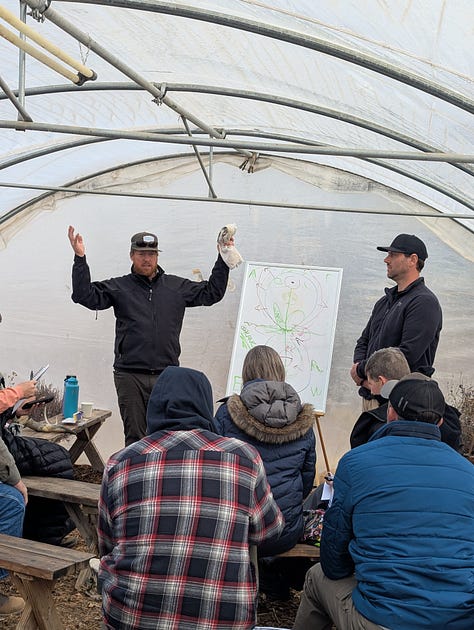
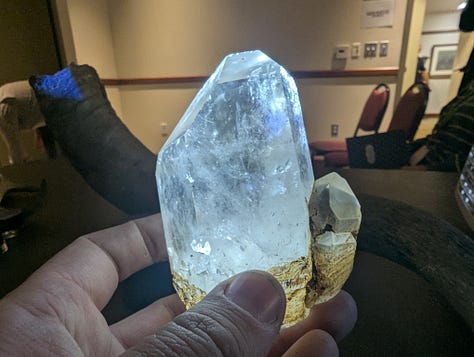
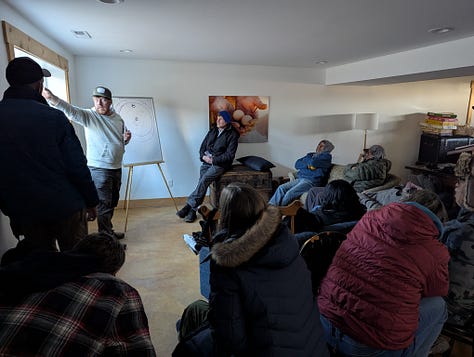
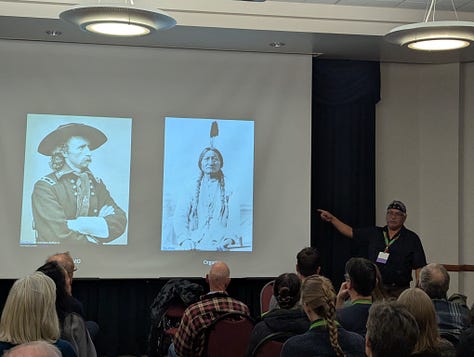


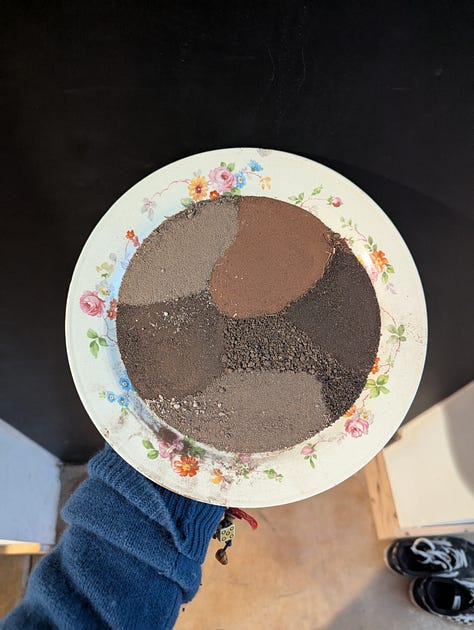
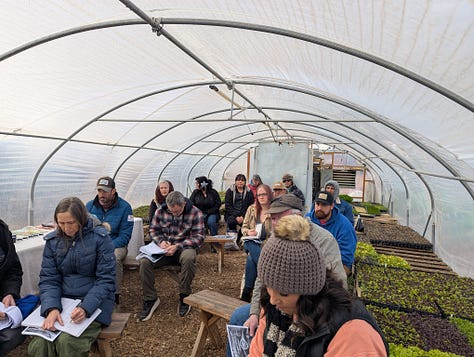
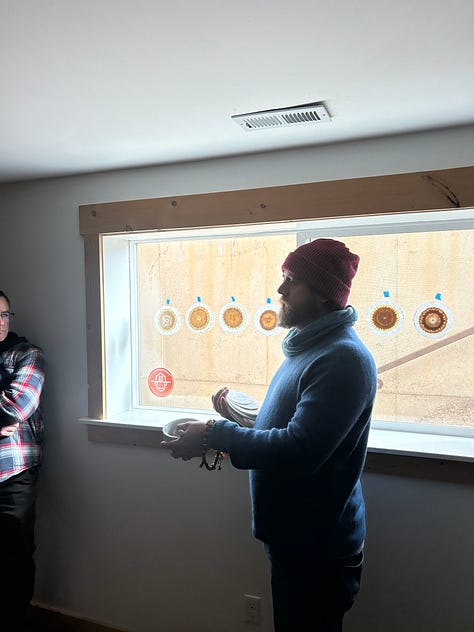
Lloyd Nelson gave a presentation covering biodynamic sprays and the range of diverse plants that can be used to enhance plants during the growing season. Russell Crawford presented on the biodynamic sowing calendar and further considerations for timing, spray schedules, and tending plants. I myself gave a presentation on chromatography in which we explored a farmer’s brass tacks approach to qualitative soil assessment without jargon. The short version is this: soil chromatography is a snapshot of soil, like one frame of a video paused, showing you something alive for one split second. The layers of chromas separate out and display aspects like soil organic matter, microbiological diversity, and how integrated the soil is. JPI will be hosting a Chromatography Workshop in March in Floyd, Virginia. For those interested, sign up now!
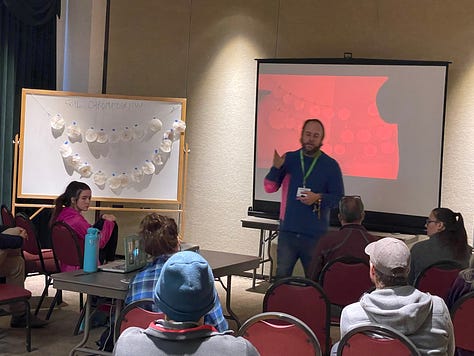
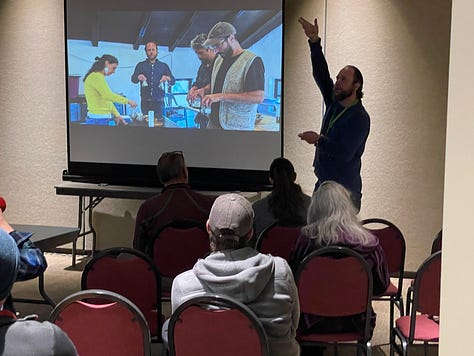

Lloyd Nelson’s buffalo soil activator (about which we will have to write more at a future date) I find to be a foundational preparation for the Americas. This ecosystem still feels the loss of the bison. While not contradicting any of the conventional biodynamic preparations, the soils in the Americas may benefit particularly from the restoration of this primordial presence from before the introduction of imported domesticated ruminants. While my own cattle, the Pineywoods breed, have been in North America for some 500 years, they are quite obviously not buffalo. It is not that the new impulse necessarily must contradict the old, but rather that the new must be integrated with the old.
As a plant grows out of geological conditions and the compost of previous years, it also changes the soil in which it grows. Similarly, healthy biodynamics as an idea must die in order to bear fruit. A seed must become something new in each place — otherwise it is just cloning scions, not allowing the seeds to adapt to each place. Preventing “open pollination” with artificial breeding has disastrous results in beekeeping, so how can we imagine it would be any different with biodynamics? Our task is not to colonize spaces with any cut-and-paste model, but to learn to belong to our places dynamically.

While I was in Utah, I also gave a talk for the Front Range Anthroposophical Cafe (FRAC) on the Soul as a Plant. FRAC hosts a wide range of speakers covering various anthroposophical themes, including, on rare occasions, dubious figures such as myself. I appreciate graciously being asked to speak again — though I apologize somewhat for the internet quality. Broadcasting from a farm (in any state) is rarely as reliable as I might wish. Fortunately, most of the key concepts seem to have come through alright.
We happened to be on the road where Forrest Gump gave up his travels — on U.S. Route 163, when the sun was setting over the Valley of the Gods. On the other horizon, the Full Wolf Moon rose. To be in such landscapes is to be made fully conscious of the enormity of the world, which surrounds us all the time, but is often concealed by our small attempts to obscure the horizon of eternity. But out here, it is undeniable how small we are.
We watched as Mars crept behind the full moon that night, perfectly occulted for well over an hour. While Mars was behind the moon, we stopped by a natural bridge after dark, where I walked off the road to witness the moon peek through. It is such a remarkable thing to stand in one place and know that light has traveled all the way from the distant reaches of space to encounter you just where you are. Alex Tuchman of Spikenard Honeybee Sanctuary bid me to look up and watch the high conjunction of Mars and the full moon (the occultation he clocked at 78 minutes). Here, I witnessed the full moon through the natural bridge with Mars hidden behind, the Sun itself hidden below the earth but directly behind me, with the feeling of an arrow of light shooting through the cosmos to meet me. With the subtly of a skilled archer, here I was, right here, for this cosmic event. What does it mean? I’m reluctant to speculate.
The next day, Lloyd was taking a picture of great arches with me in the background, when he exclaimed, “Stewart, you are so insignificant!” I’ve been saying this all along. Whenever I speak of ideas of the spiritual world, it is about that space, not the speaker.
There is nothing quite like the vast open spaces of geological time to remind you that how all this makes you feel is inconsequential. In the face of enormous processes, you cannot imagine yourself to be a big man. Only in tiny fenced off fragments of territorial disputes can you imagine yourself to be big. Only in a tiny puddle can a tadpole imagine itself to be a king. “[W]ithout Thy Energy I can neither perform anything nor do anything.”1 How much we could accomplish together if we all knew our own opinions did not matter and that spiritual ideas belong to no one. Ideas are the whispers of angels — they show up to anyone who is quiet enough. They are always speaking. Can you hear them?
Dann ich schreibe nicht von Menschen noch aus Büch ern noch aus denen Platoniste noch aus Nachforschung der Vernuni sondern aus Eingebung ewige verstandlicher Geist mit seinem Augen hievon selber vermittels Eröffnung des Englischen Centri gesehen.
I write not as men of book-knowledge, nor like Platonists, nor through the efforts of reason, but rather out of experience, namely out of what my eternal understanding spirit with its eyes has seen revealed of the Angelic centers.2
The spiritual world is astoundingly simple, but it only speaks meaningfully to those who become similarly simple. If we try to grasp divinity with our contrived but finite complexity, we experience nothing but elusiveness, because the living truth hides itself from those who deceive themselves.
Our biodynamic maestro, Lloyd Nelson, has a preternatural gift to say, “I wonder if we’re going to see _____,” and then, rounding the next bend, we find the same animal: antelope, bald eagles, bison, long-horned sheep, etc. And each time… there they were. A flash of a rabbit, the red tail of a hawk, the shadow of a dark horse.
All this is to say, thank you, and best wishes until next time!
Jacob Boehme, Christosophia, Of Divine Prayer
John Pordage, Göttliche und Wahre Metaphysica







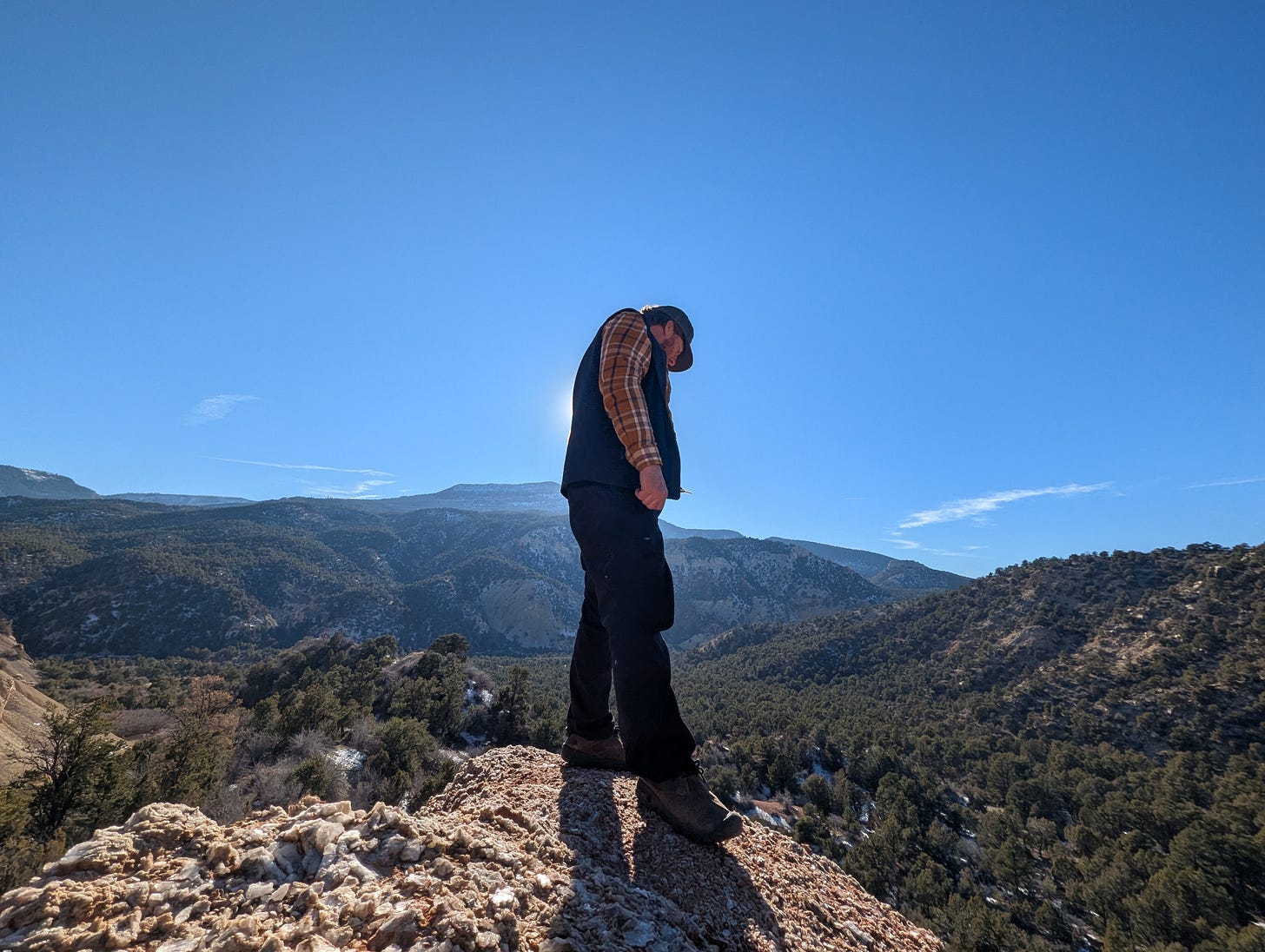


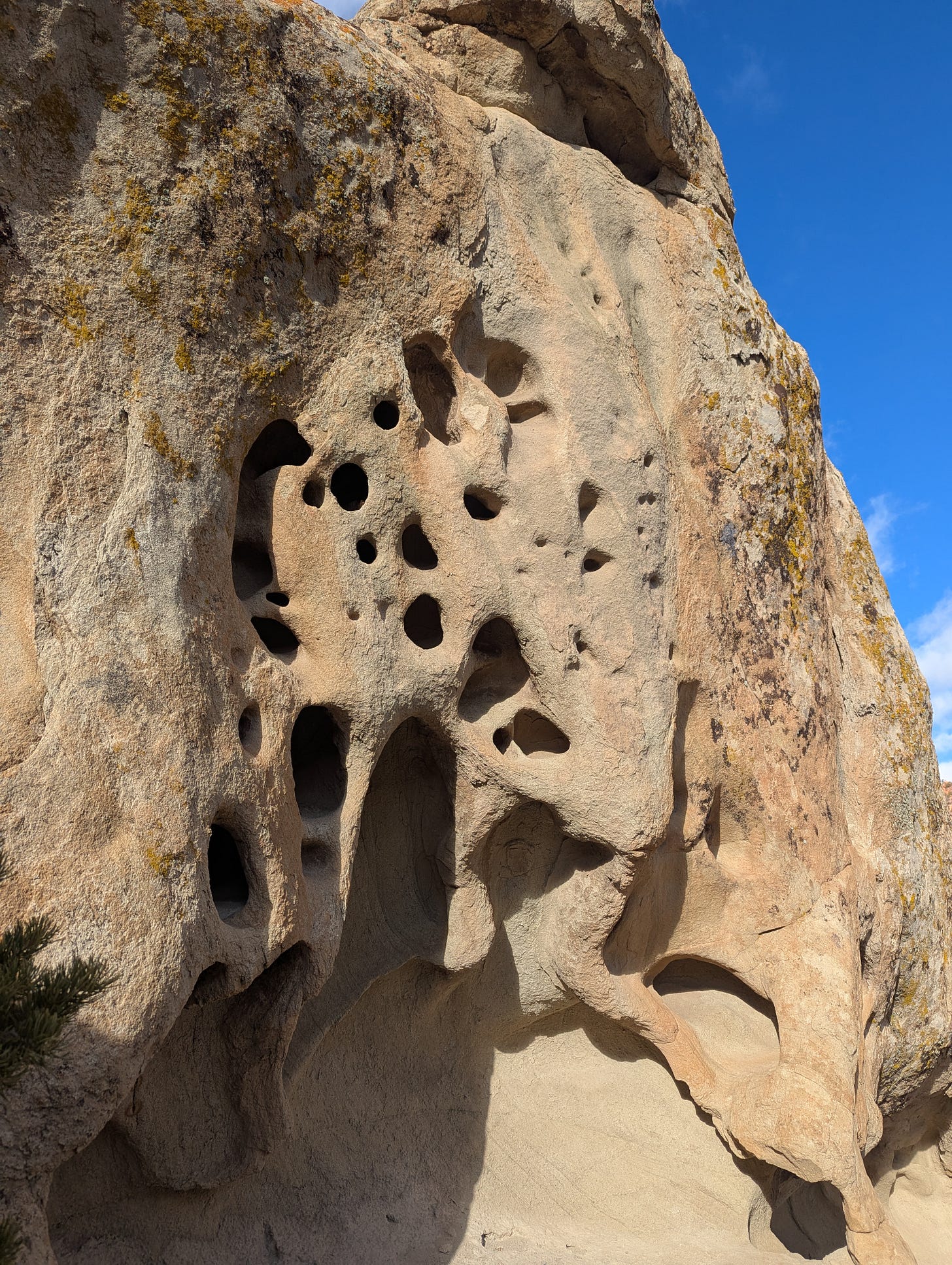

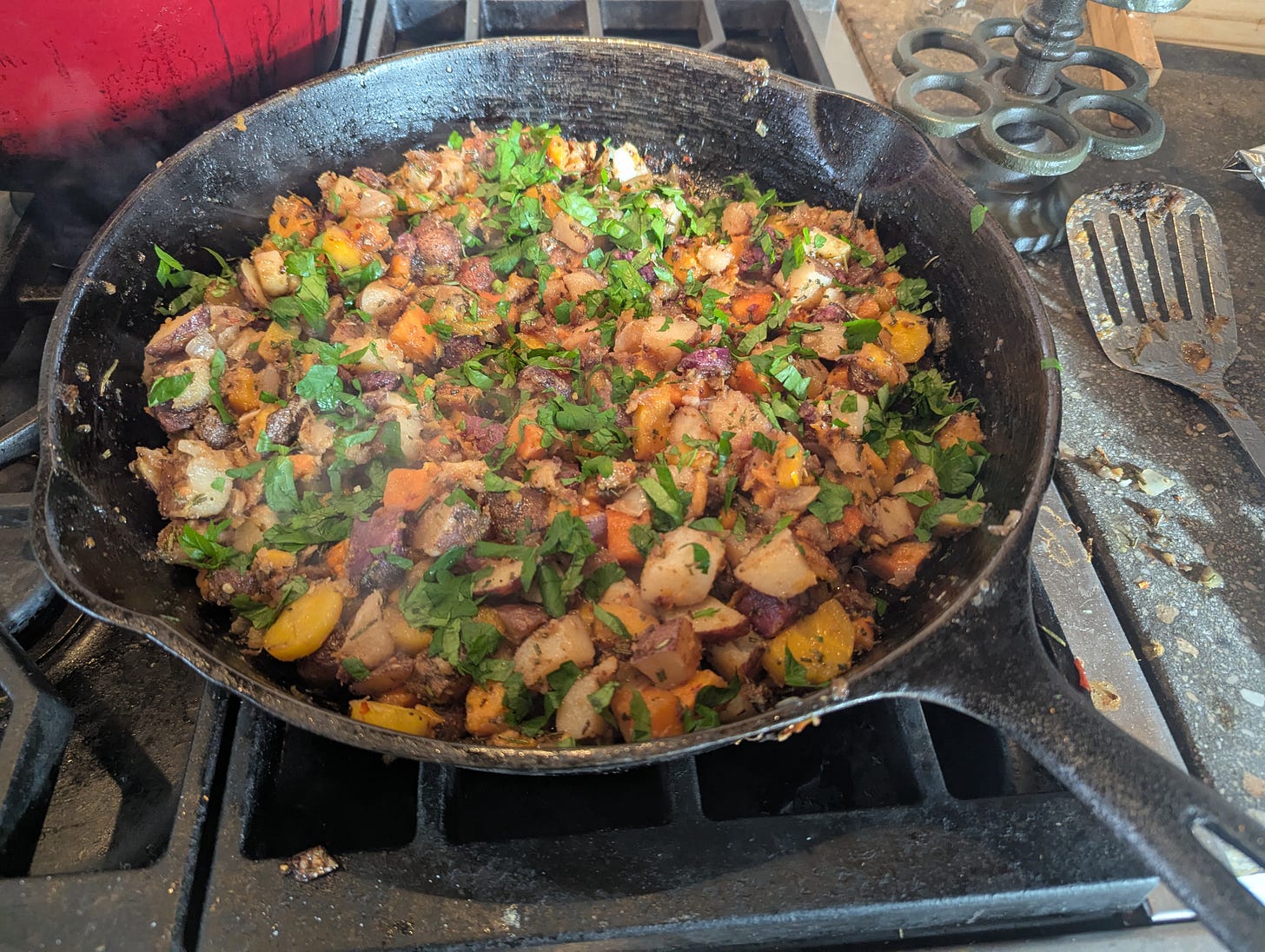


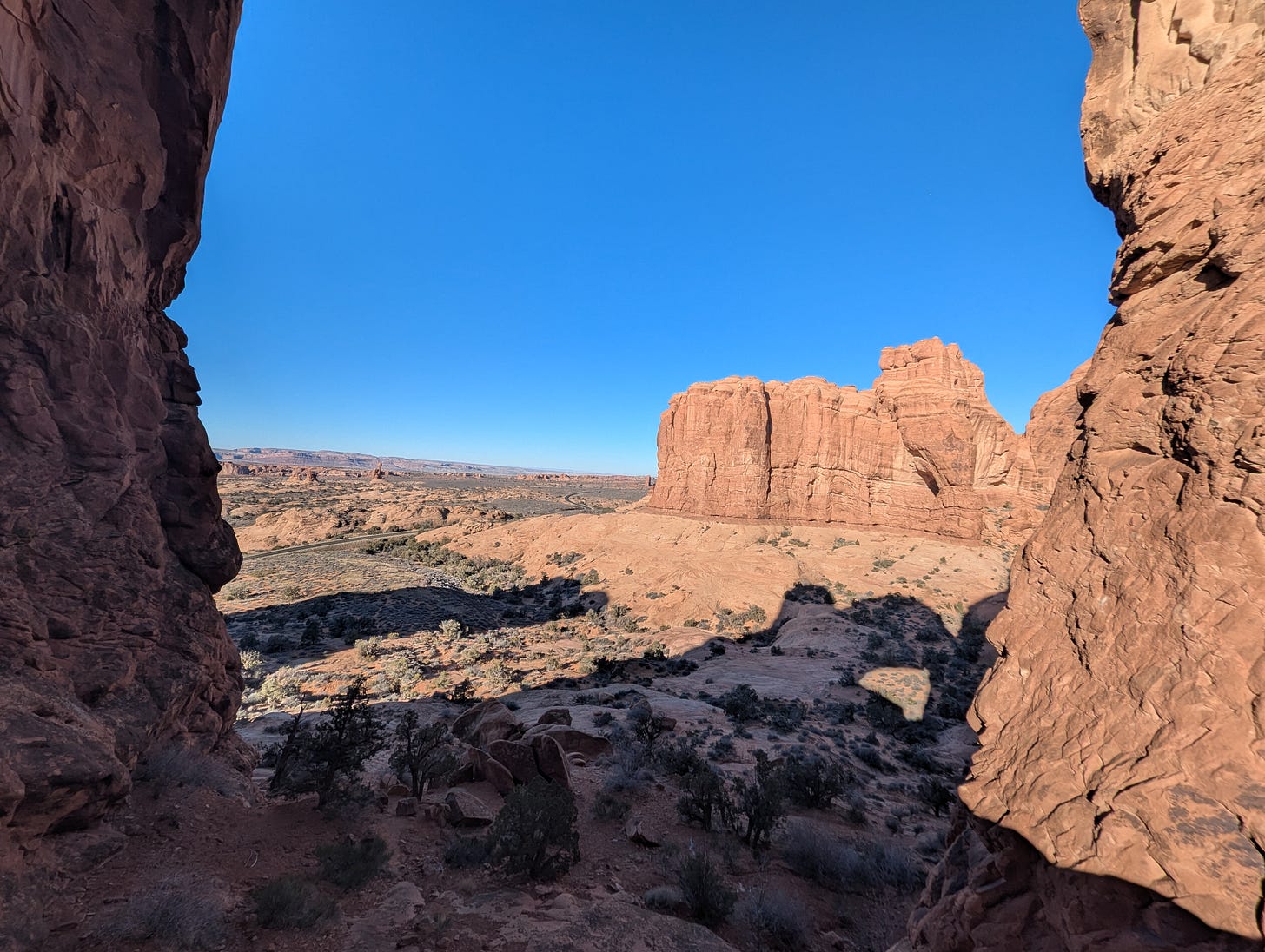
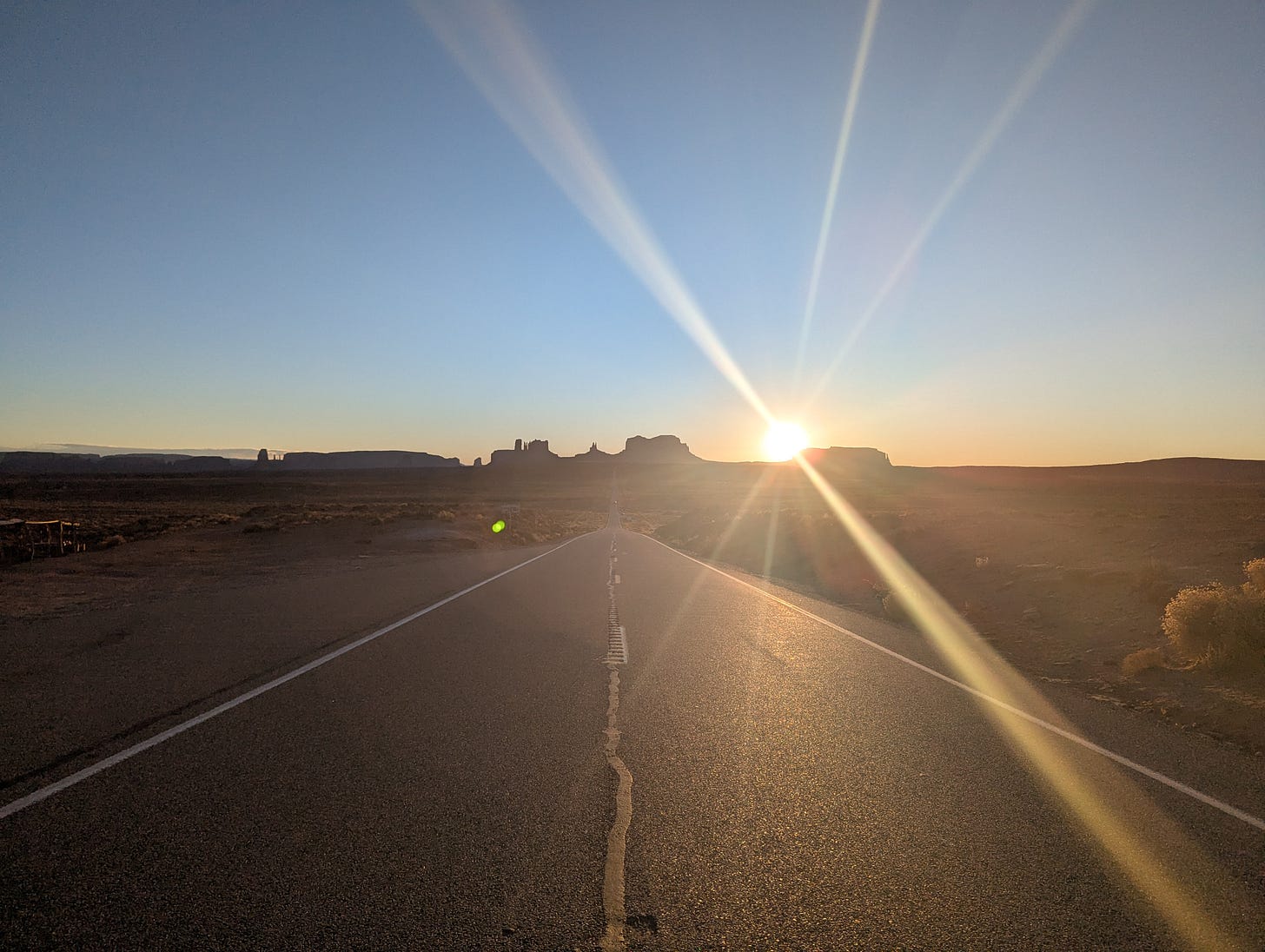
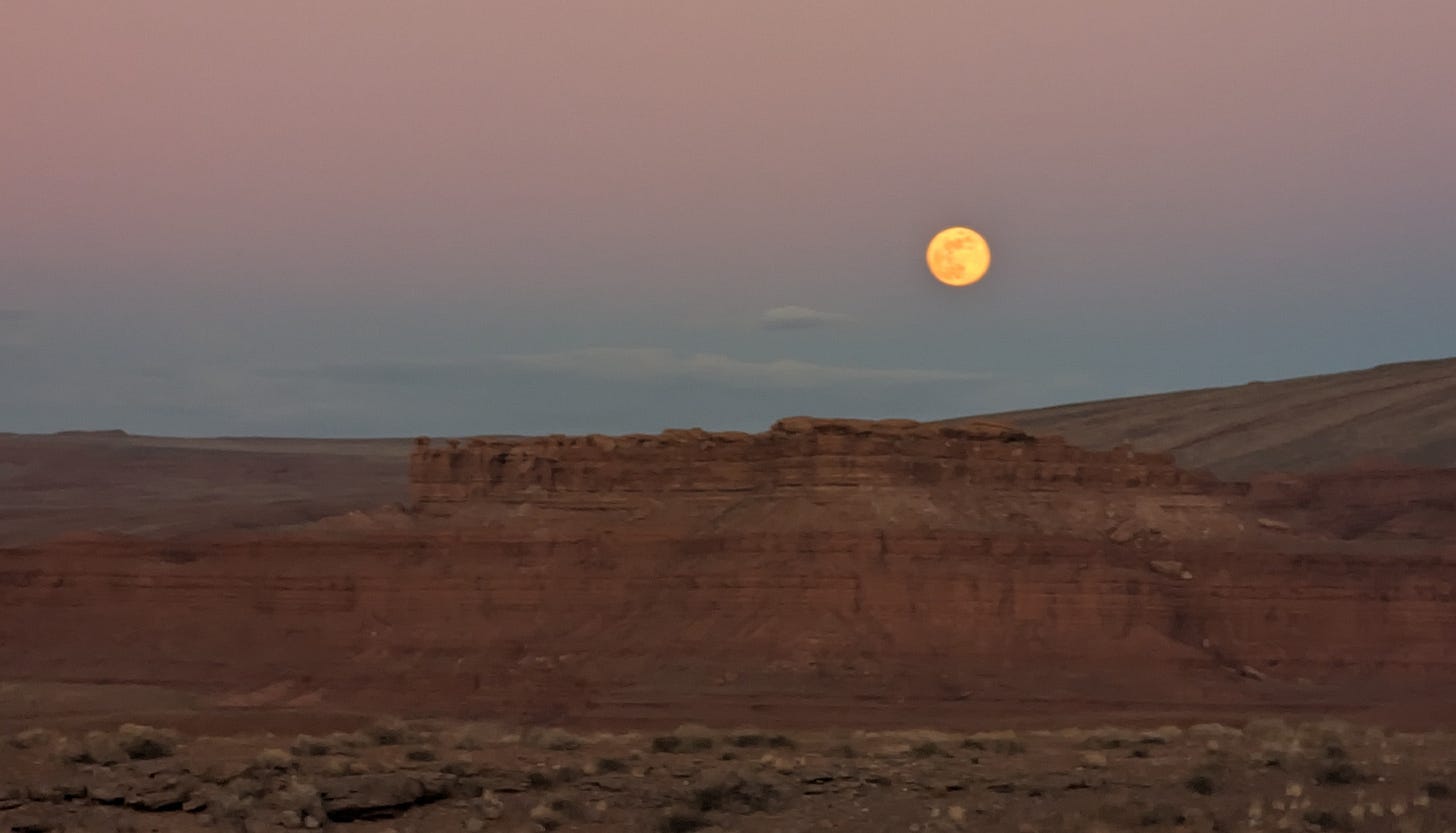
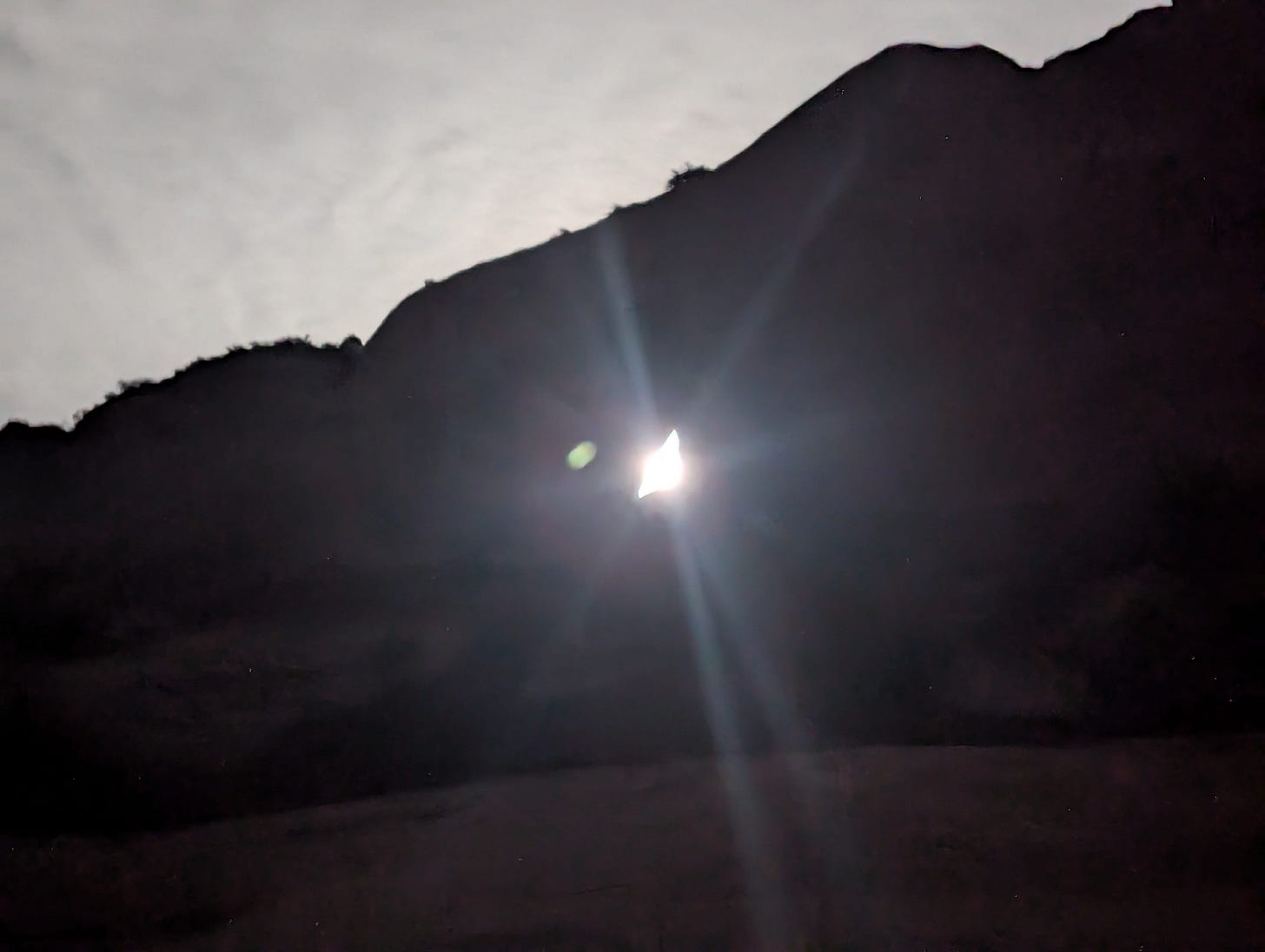


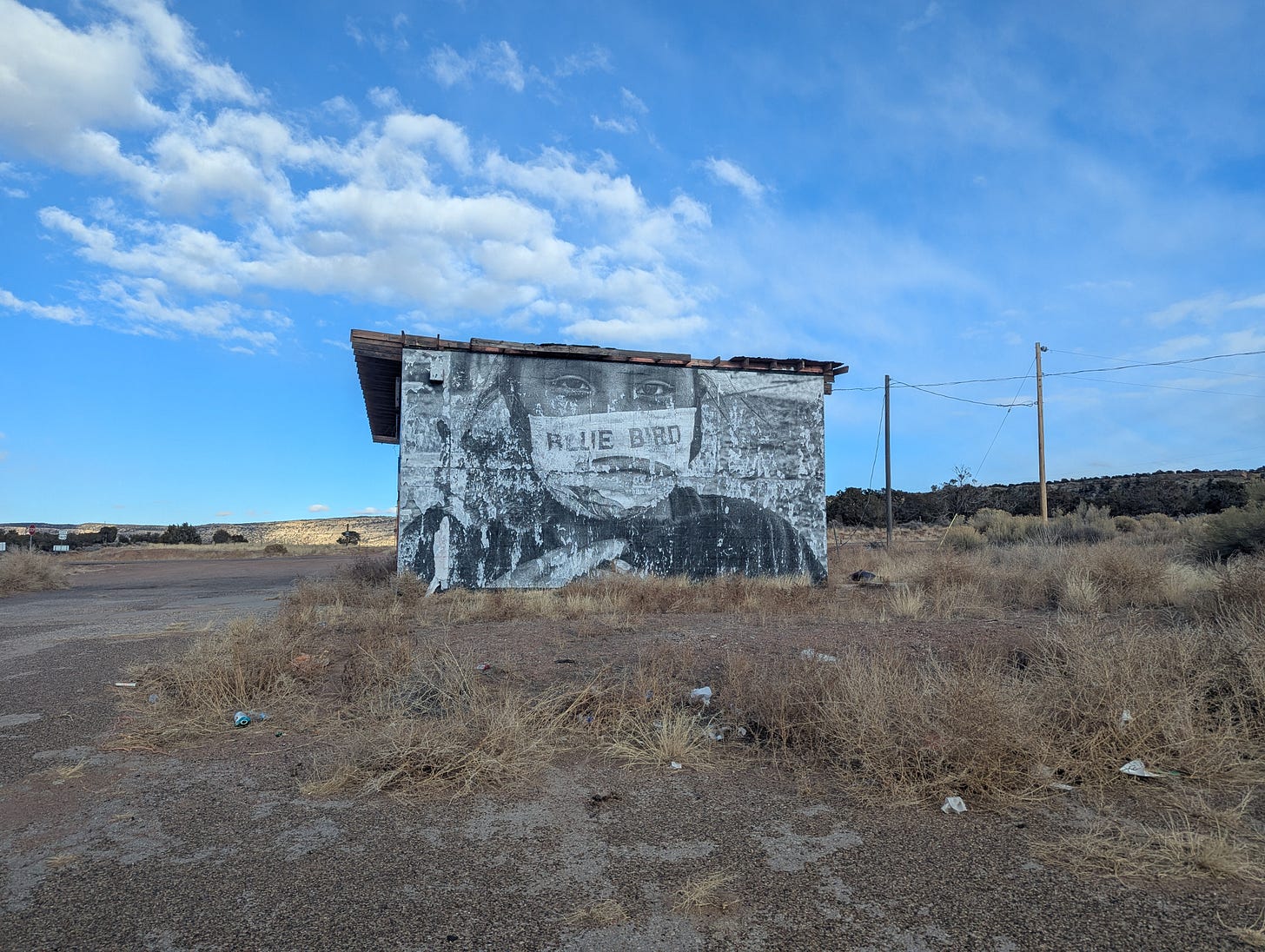
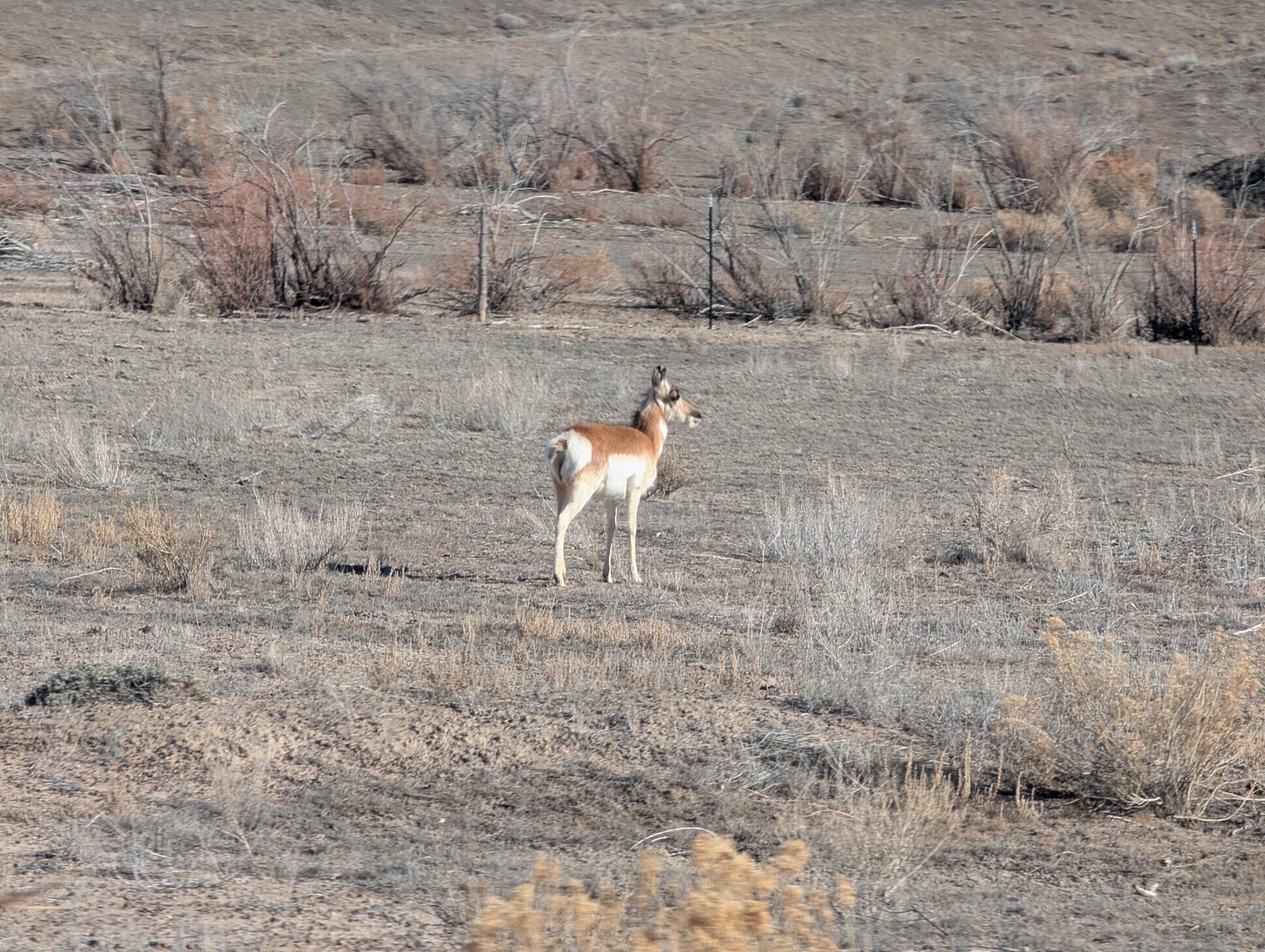
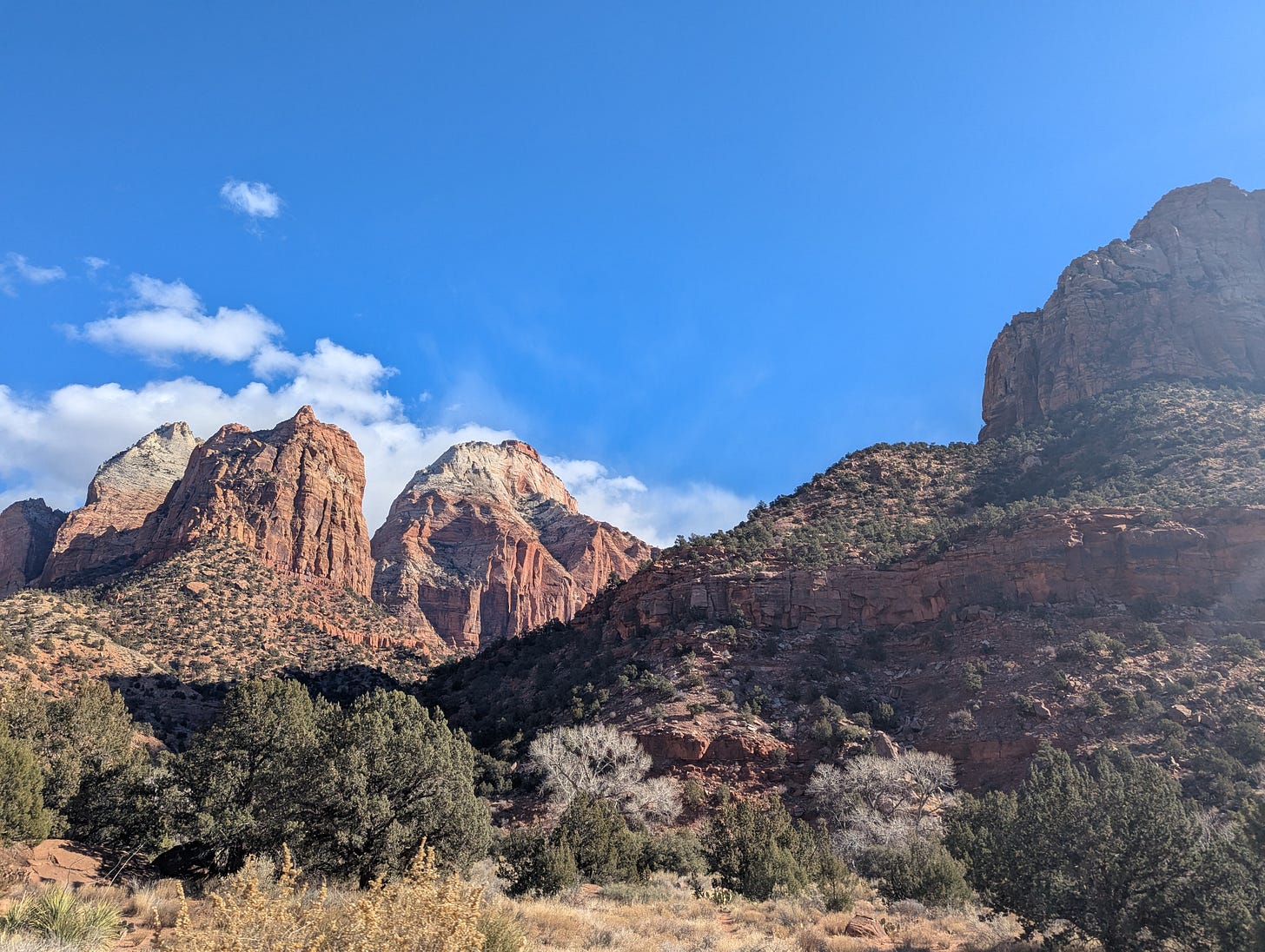
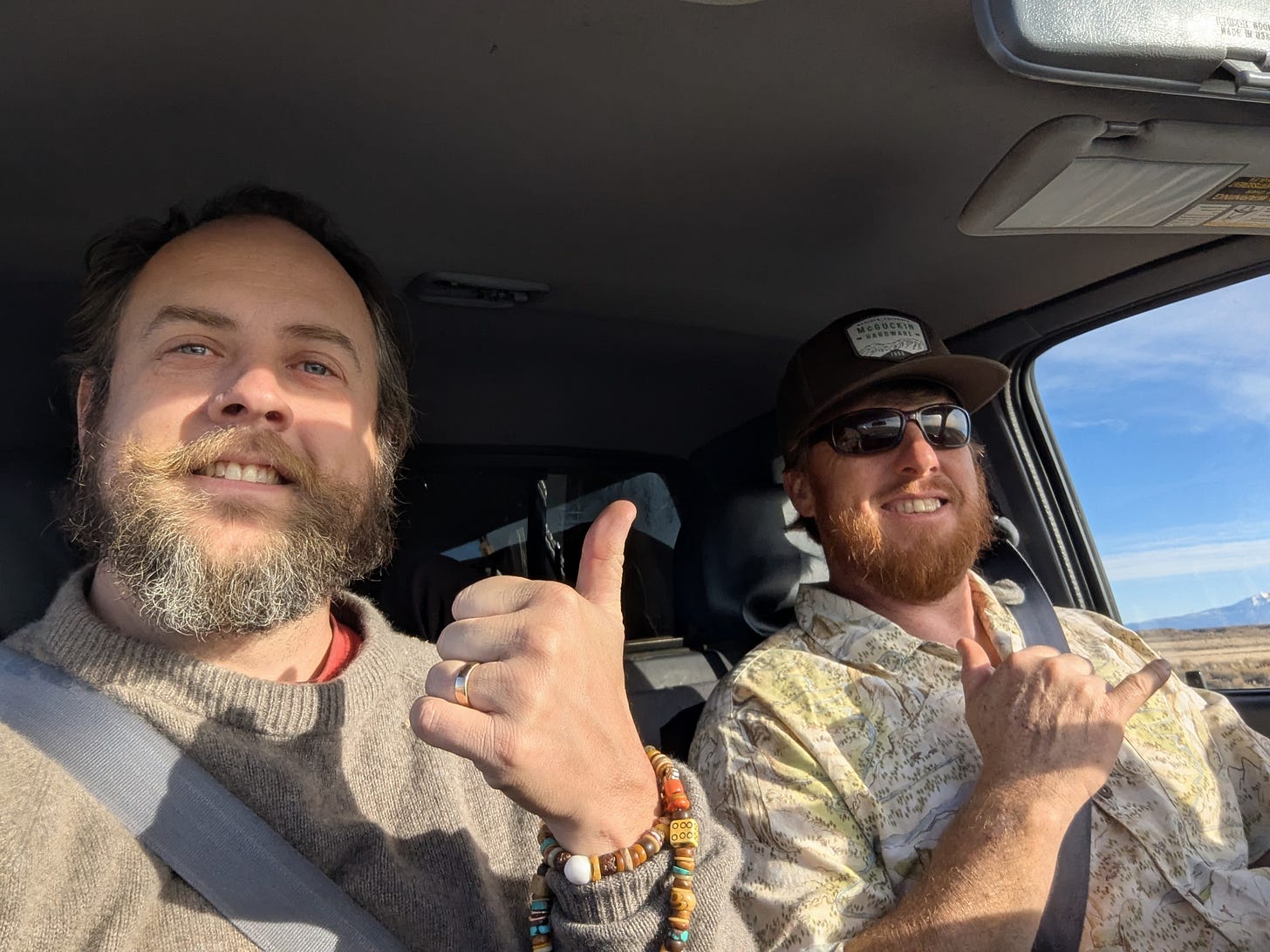

Love this. Thank you
Amazing !